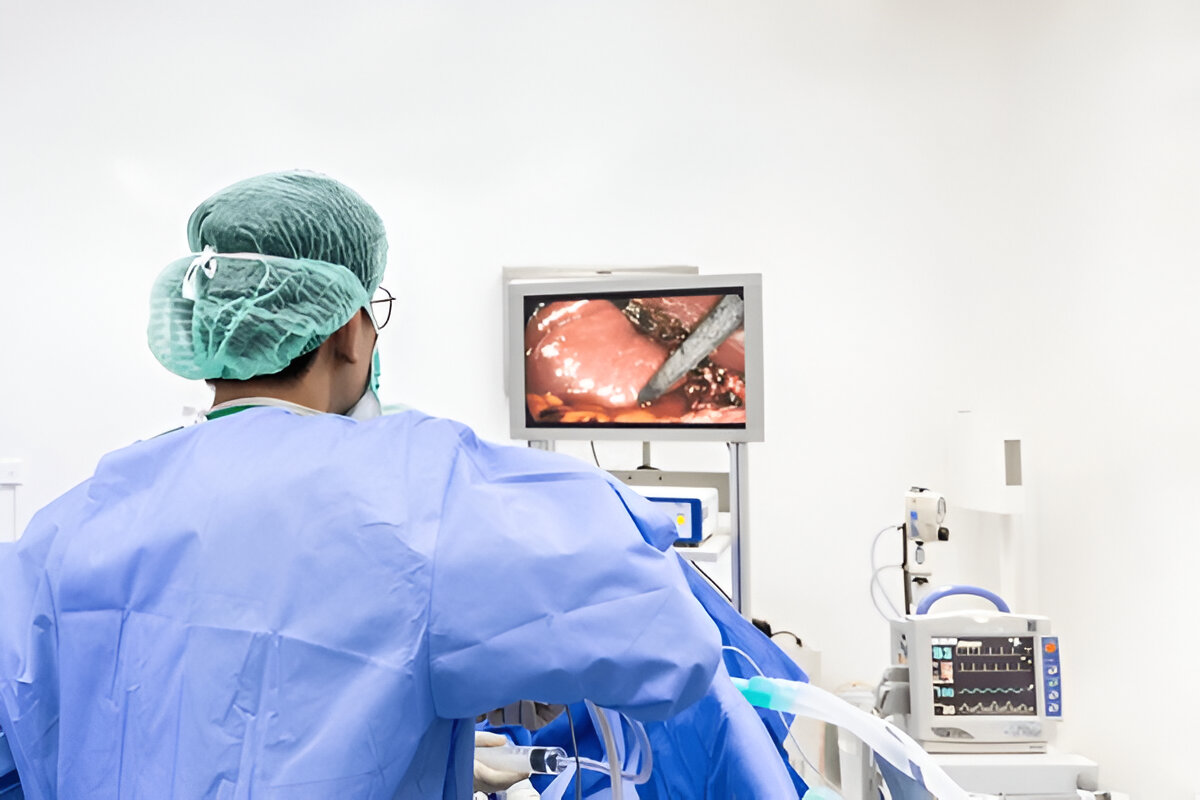Laparoscopy and Hysteroscopy
Aas Fertility & IVF Center - a story of compassion, dedication, and the relentless pursuit of creating families

Laparoscopy and Hysteroscopy
What is Laparoscopy?
Laparoscopy is a surgical procedure that allows a doctor to examine the pelvic organs, including the uterus, fallopian tubes, and ovaries. It involves making a few small incisions in the abdomen, through which a thin, lighted tube called a laparoscope is inserted. The laparoscope has a tiny camera that transmits images to a monitor, allowing the doctor to view the internal organs.
What is Hysteroscopy?
Hysteroscopy is a procedure that allows a doctor to examine the inside of the uterus. A thin, lighted tube called a hysteroscope is inserted through the cervix into the uterus. The hysteroscope has a tiny camera that transmits images to a monitor, allowing the doctor to view the uterine lining and identify any abnormalities.
Laparoscopy and Hysteroscopy
Why are Laparoscopy and Hysteroscopy Performed?
Laparoscopy and hysteroscopy can be used to diagnose and treat a variety of gynecological conditions, including:
- Infertility: These procedures can help identify underlying causes of infertility, such as blocked fallopian tubes, endometriosis, or uterine fibroids.
- Pelvic pain: Laparoscopy can help diagnose and treat conditions such as endometriosis, pelvic inflammatory disease, or ovarian cysts that cause pelvic pain.
- Abnormal uterine bleeding: Hysteroscopy can help identify the cause of abnormal uterine bleeding, such as polyps or fibroids.
- Before in vitro fertilization (IVF): Laparoscopy and hysteroscopy may be performed before IVF to assess the fallopian tubes and uterine cavity.

What are the Risks of Laparoscopy and Hysteroscopy?
As with any surgical procedure, there are some risks associated with laparoscopy and hysteroscopy, including:
- Bleeding: There is a small risk of bleeding during or after the procedure.
- Infection: There is a small risk of infection at the incision sites.
- Injury to internal organs: In rare cases, there may be injury to internal organs during the procedure.
What are the Benefits of Laparoscopy and Hysteroscopy?
- Minimally invasive: Laparoscopy and hysteroscopy involve only small incisions, resulting in less pain and scarring.
- Quicker recovery: Patients typically recover from these procedures much faster than from traditional open surgery.
- Reduced risk of complications: Compared to open surgery, laparoscopy and hysteroscopy carry a lower risk of infection and other complications.
- Potential for same-day surgery: In many cases, these procedures can be performed on an outpatient basis, allowing patients to go home the same day.
What to Expect After Laparoscopy and Hysteroscopy
After the procedure, you will be monitored in the recovery room until you are fully awake. You may experience some pain and discomfort, which can be managed with pain medication. You will need to rest and avoid strenuous activity for a few days. Your doctor will provide you with specific instructions for recovery.
How to Prepare for Laparoscopy and Hysteroscopy
Before undergoing laparoscopy or hysteroscopy, your doctor will discuss the procedure with you in detail and answer any questions you may have. You will need to fast for a certain period before the procedure. You may also need to stop taking certain medications, such as blood thinners.
Conclusion
Laparoscopy and hysteroscopy are safe and effective procedures that can be used to diagnose and treat a variety of gynecological conditions. If you are considering these procedures, it is important to discuss the risks and benefits with your doctor.
